Around sinks, tub and shower surrounds, stair and doors, edges of ceramic tile can be trimmed with quarter round tiles. These tiles are frequently applied in locations where tiled flooring terminate. As with the installation of the field tiles, installing the quarter-round tiles requires a precise design.
The tiles have distinctive inner and outer corners on both sides, eliminating the need for miter cuts. The quarter round trim is available in lengths of 6 and 8 inches, as well as a range of colors to match your own style preferences.
This avoids the potential of having one or more uncommon components, which might detract from the product’s overall look. Typically, the trim for quarter-round tiles looks to be extremely thin, little, and fragile. Its installation is comparable to applying icing on a cake.
Think of it as the icing on the cake; it’s the finishing touch that brings together all of the design elements of a tile installation. Adding finishing touches like quarter round may make a work truly glow.
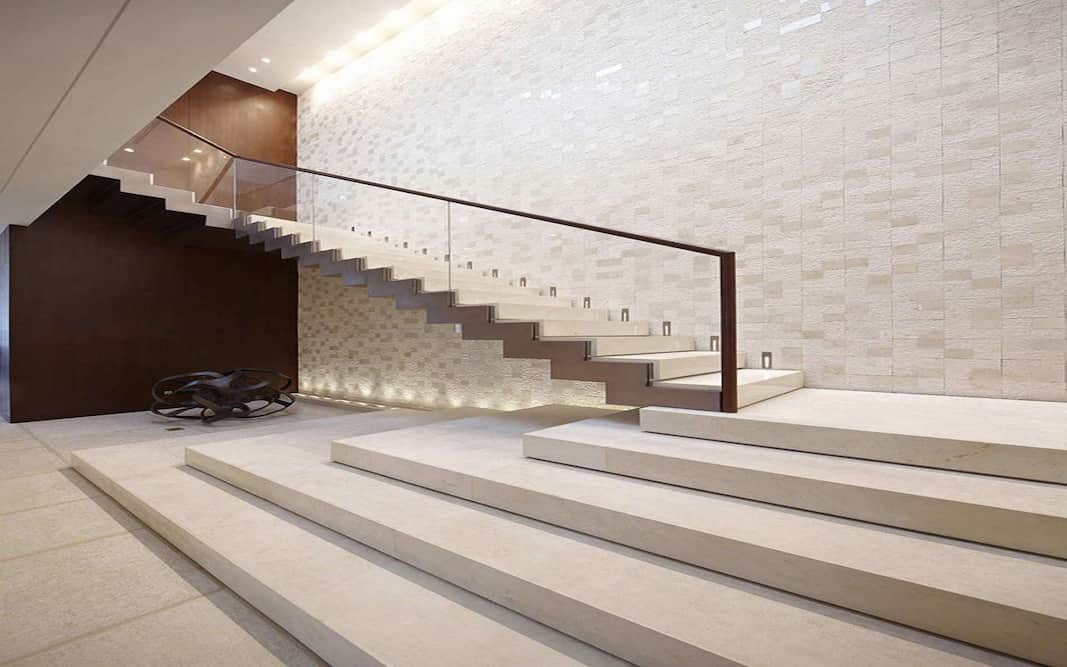
Sink and the Surrounding Area’s Corners:
- Utilize a plastic putty knife to apply a considerable quantity of tile mastic to the back of an interior or exterior corner trim piece. At the first corner, fix the piece on the outer edge of the field tile so that it is flush and square.
- Using a screwdriver with a flat blade, remove any remaining mastic from the grout space between the corner piece and the tile.
- Insert a tile spacer between adjacent tiles and the square edges of the corner piece being installed. Installing more spacers between the bottom corner and the top edge of the sink is one technique to complete the sink trim.
- Continue placing the remaining interior or exterior corner pieces by continuing these steps.
Formatting in a Quarter-Round Shape:
- Measure the distance between the corner pieces along one side of a sink, tub or shower surround, or between door jambs when cutting a tile floor. This measurement can also be taken between door jambs. This measurement will indicate the amount of 6-inch-diameter quarter round pieces required, therefore divide by 6. Divide the sum by eight to obtain an 8-inch quarter round. Consider the following measurement.
- To estimate the length of each quarter round along the selected edge or at a doorway, subtract the thickness of a tile spacer from the previously recorded measurement.
- Using a felt-tipped marker, indicate the length of each quarter circle. Using a wet tile saw, the pieces were trimmed to size. Place the pieces so that they are near to the desired edge, or position them so that they cannot be confused with the quarter round, depending on the length of the desired edge.
- Repeat these steps and cut the remaining quarter round pieces for the remaining sides of a sink, bathtub, or shower enclosure. In a suitable manner, arrange or stage the objects.

Installation:
- Apply a large amount of tile mastic to the back of the initial quarter round meant for a certain edge. Maintain one hand on the tile spacer put at the corner piece. Place the piece flush and firmly against both the outside edge of the field tile and the spacer placed at the corner tile.
- Using the tip of the flat-bladed screwdriver, remove any mastic residue from the grout joints.
- Before installing quarter round, use tile spacers between the square edges of the quarter round and the following field tile. Installing more spacers between the upper edge of the sink and the bottom borders of the quarter round is a crucial step in sink trimming.
- After applying mastic to the subsequent component, relocate it. Remove any residual mastic before installing the tile spacers. Install the other components in a way similar to that explained here. Before removing the spacers and grouting the tile, the mastic must be allowed to fully cure.
Sadly, trim is often ignored, which is a tremendous tragedy. It may serve as the finishing touch on an installation, and if it is not included in your initial purchase, you may incur additional costs; nevertheless, we would like to help you avoid this situation if at all feasible.
We will never stop asking whether you need assistance, but the reality is that you are often uncertain. There are circumstances in which you may not need it at all.
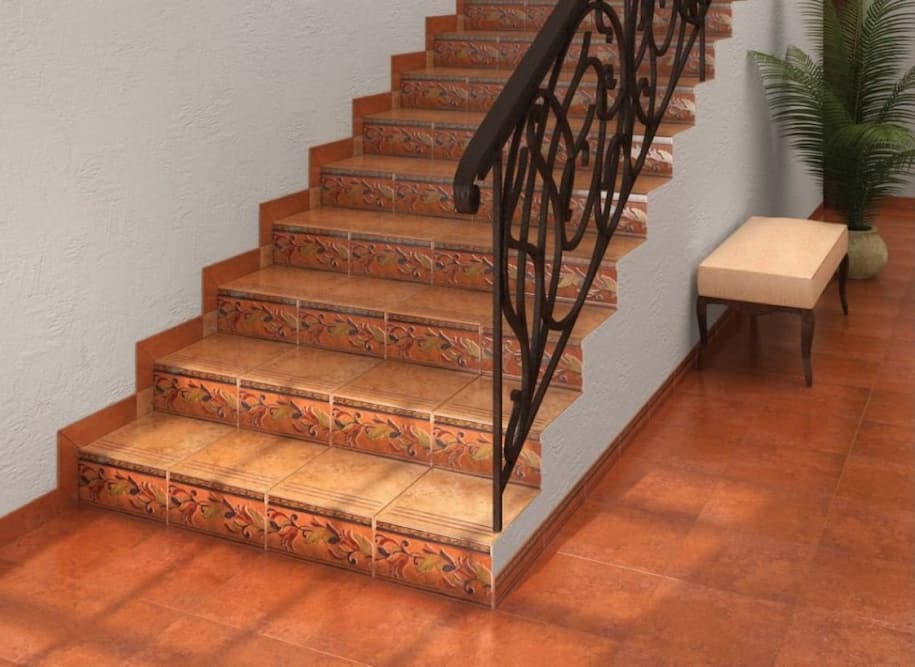
For instance, you may have tiles or bricks that are only touching other surfaces, rendering them unnecessary.
You may use a quarter-round trim piece to either round a corner or finish off the edge of your installation, such as in a bathroom or kitchen backsplash. A tile may also be framed with a round liner trim piece, which acts similarly to a flatliner but has a more architectural and traditional appearance. Both walls and floors may be embellished with charming accent tile.
Accent tiles can be used to create attractive borders and trims for surfaces such as walls, worktops, backsplashes, and floors. Because tiles are available in a broad range of sizes and hues, it is easy to create a consistent color scheme.
Using hexagonal and circular tile forms, it is possible to construct patterns for big, intricate borders. Consider adding multicolored pebble tile, which can be sealed with a stone sealer, in places like kitchens and bathrooms for an earthy and whimsical aesthetic. Additionally, you may purchase border tiles in sets with a range of tile types.
These sets provide the creation of a pattern that stretches from wall to wall. Tile trim is a great finishing touch and may be utilized if you want your tiles to have a uniform color or material. This trim can also imitate the appearance of ceramic, stone, or wood, making the area feel more inviting.
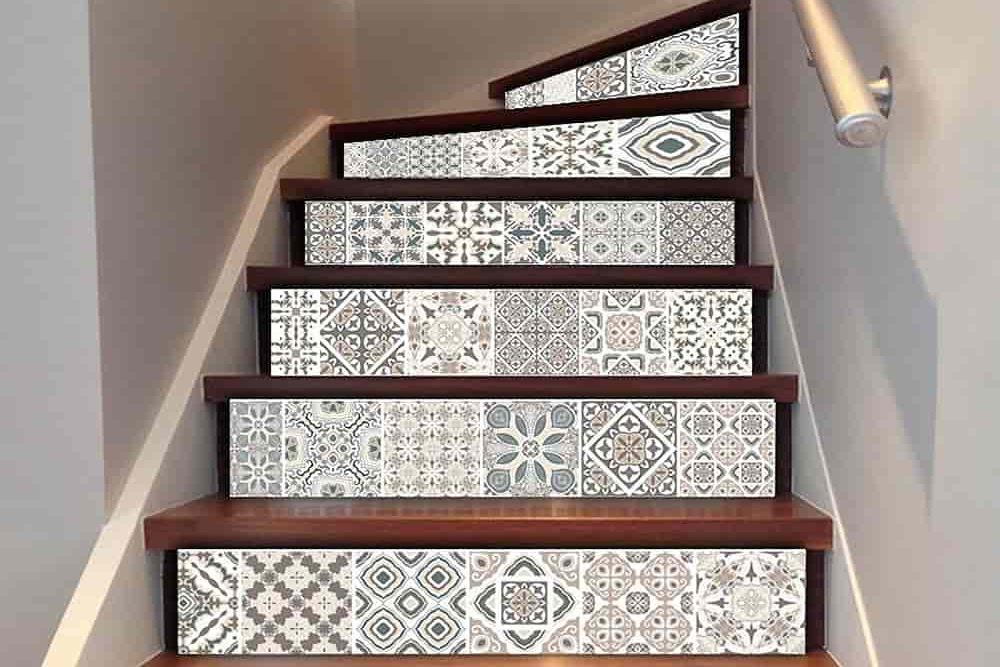
Bullnose molding put against a wall has a very thin edge that creates the illusion of cleanliness. To get a professional appearance, separate tile from the rest of the wall by outlining it with a pencil.
Please do not hesitate to contact us if you have any queries about whether or not your project requires trim. We will do all in our ability to answer them.
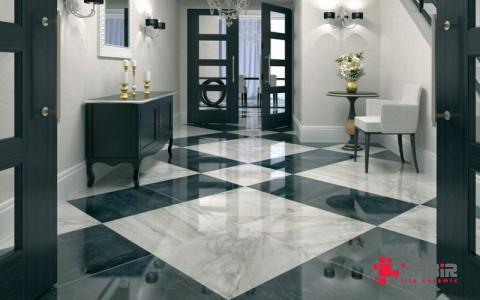
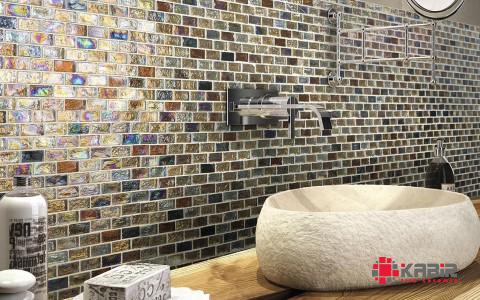

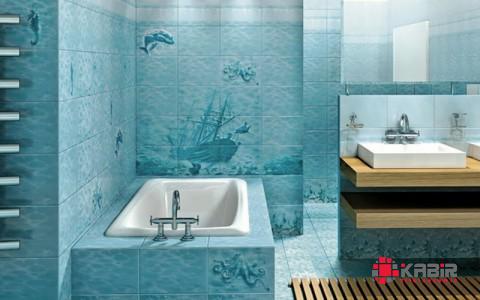
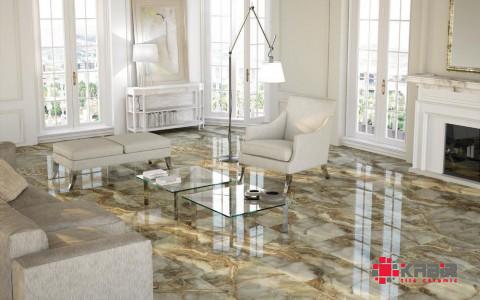
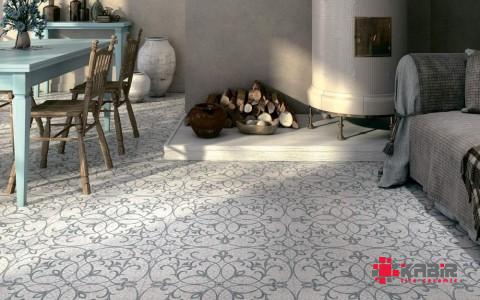

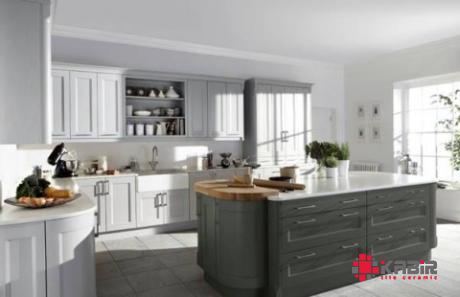
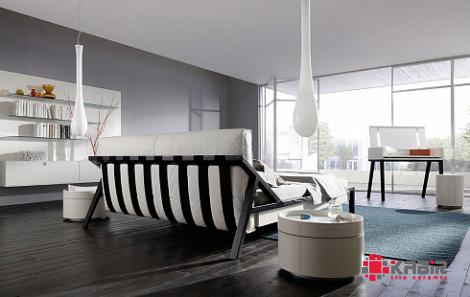
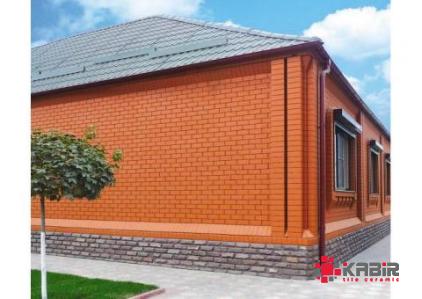
Your comment submitted.